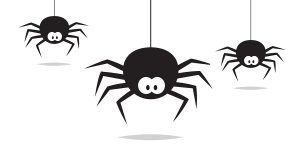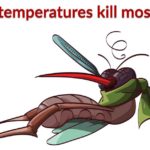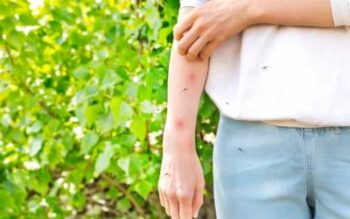
 Spiders can be very useful because they eat insects, keeping those populations in check. Unfortunately, some spiders can also be very dangerous – like the brown recluse spider which has a venomous bite that can lead to fever, chills, dizziness, vomiting, and more. Fortunately, brown recluse spiders are not native to Long Island, and deaths from any kind of spider venom is rare.
Spiders can be very useful because they eat insects, keeping those populations in check. Unfortunately, some spiders can also be very dangerous – like the brown recluse spider which has a venomous bite that can lead to fever, chills, dizziness, vomiting, and more. Fortunately, brown recluse spiders are not native to Long Island, and deaths from any kind of spider venom is rare.
Here are some fascinating facts about spiders:
- While commonly lumped together with insects; spiders are arachnids, not insects.
- Spiders can be one of 38,000 species and are found on every continent except Antarctica
- All types of spiders have 8 legs and spin silk.
- A cobweb is an abandoned spider web.
- Spider “silk” comes out as a liquid but hardens when it comes into contact with the air.
- Some spiders can make up to seven types of silk; such as smooth, sticky, stretchy, etc.
- The largest species of tarantulas – a type of spider – can kill mice, birds and some lizards.
- Tarantulas have a dangerous reputation due to their venom but in comparison to spiders like the Brazilian Wandering Spider or banana spiders are less deadly.
- The biggest species of spider is the Goliath Birdeater which can be up to 11 inches wide.
- The tiniest spider is Patu marplesi, which is so small that 10 can fit on the end of a pencil.
- Bagheera kiplingi spiders in Central America are mostly herbivores but, during the dry season when the tree buds they normally eat are scarce, they’ll cannibalize each other or eat ant larvae.
- Spiders are nearsighted.
- When adjusted for weight, spider web silk is stronger than steel! (If a strand of spider silk was as thick as a pencil it could stop of Boeing 747 jet in flight.)
- A golden orb spider’s web can catch birds.
- Jumping spiders can see more colors of the spectrum than you can.
- Tarantulas can shoot barbed hair to deter attackers. This urticating hair is especially dangerous when shot in your eyes – which are a frequent target.
- Some spiders actively hunt instead of just letting their webs capture prey. For instance, Ogre-faced spiders use their webs like a net and bolas spiders use a strand of silk like a fishing line.
- Spiders eat more insects than both birds and bats.
- Spiders have pale blue blood because oxygen is carried by hemocyanin in their blood which contains copper… unlike the hemoglobin found in humans that gets its red color due to using iron.
- Trapdoor spiders have been called living fossils due to their similarity to spiders from more than 300 million years ago.
- Whether a spider can run up walls depends upon their feet. Garden spiders, for example, have legs that end in claws so they can’t grip a wall but house spiders can because their feet are covered in tiny hairs that can hold onto a surface so long as it isn’t too slick like a bathtub.
- Spiders lack teeth so they can’t chew food. They inject digestive juices into their captured prey and then suck up the liquefied creature.
- Wolf spiders are fast, running at speeds of up to 2 feet per second.
- Wheel spiders get their name from their habit of tucking in their legs and rolling when scared.
- Centuries ago people would put spider webs on wounds to stop bleeding. Modern scientists discovered that spider webs contain Vitamin K, which is a coagulant that stops bleeding.
Arrow Exterminating are Spider Experts
Spiders are amazing an interesting but that doesn’t mean you want to find an infestation in your home or business. If you need help with spiders, call Arrow Exterminating to identify the type of spider and provide the right solution. To get started, contact Arrow Exterminating today.




